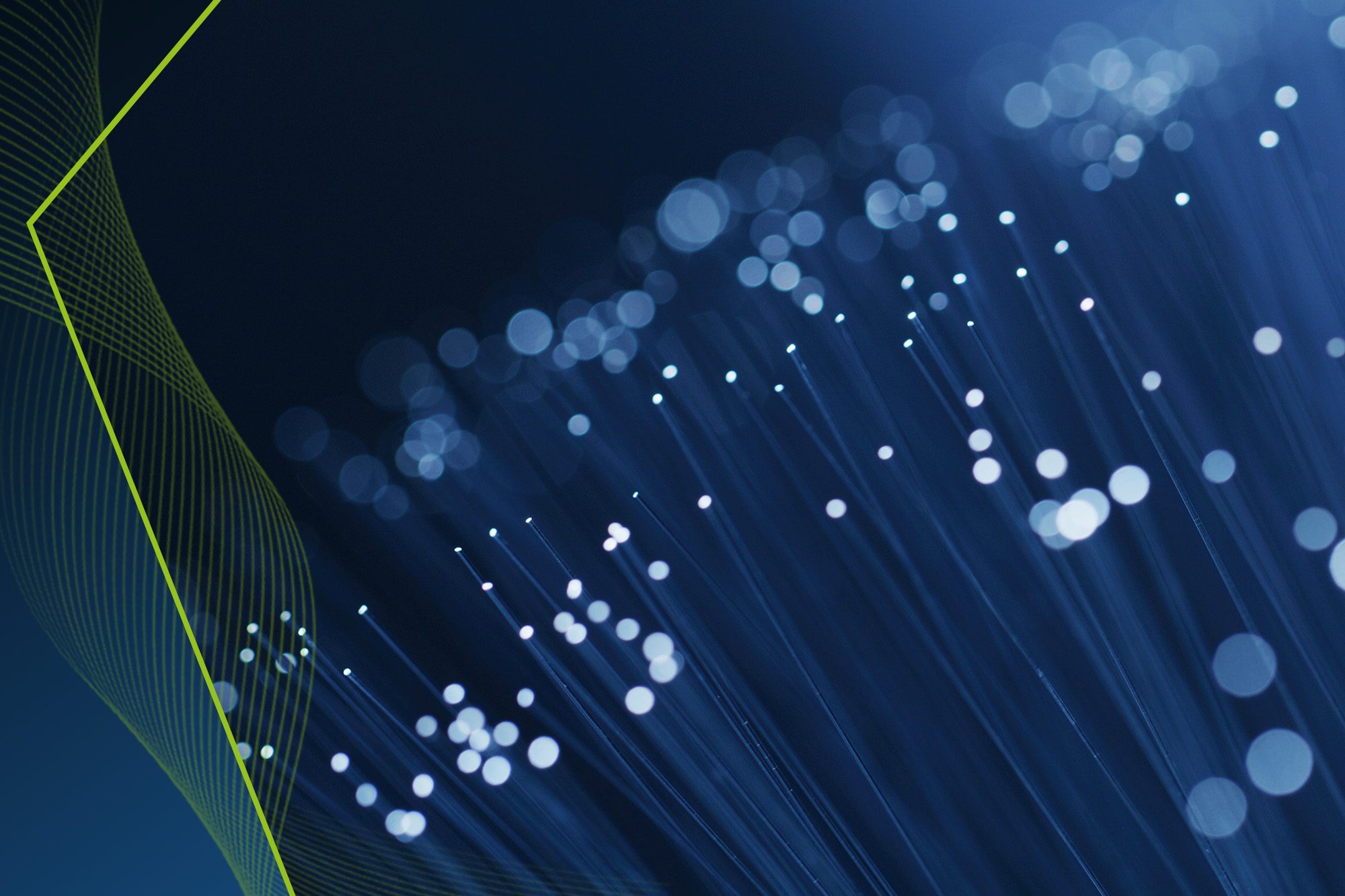In 2004, 12 universities in the Midwest banded together to build a new optical data network. The universities, including Northwestern University near Chicago, saw the benefits of having a high-speed, uninterrupted, private network on which to share research that might otherwise bog down slower networks shared by many different people. The group utilized the Chicago Fiber Ring to create this new network that enabled each end point to have a robust and secure connection to the other schools.
And what is the Chicago Fiber Ring? It’s a series of three dark fiber rings connected underneath the streets of downtown Chicago. And this is far from the only dark fiber under the streets of a major city – in fact, a startling number of medium and large metro areas have dark fiber networks sitting idle, just waiting to be utilized.

Underground fiber networks are underutilized in many metro areas.
Image courtesy of Wikimedia Commons
Despite the name, there is nothing scary or mysterious about dark fiber and dark fiber networks. Dark fiber refers to optical fiber infrastructure that is not currently in use. Conversely, lit fiber is network cabling that is in use. The huge amount of unused broadband connectivity – dark fiber – laying dormant around the country represents an amazing opportunity for businesses and academic institutions alike. However, taking advantage of this opportunity requires an understanding of how dark fiber came to exist and the benefits associated with having one’s own data transport service.
A History of Dark Fiber
As little as 10% of the cost of installing a fiber network is the fiber itself. Labor costs of the actual installation of the fiber can be 80% or even 90% of the total cost of deploying a fiber network. In the last twenty years, telecommunications companies intent on delivering fiber network connectivity to customers aggressively built out the infrastructure needed for data transmission not just at that moment in time, but far into the future, as well. In anticipation of exponential growth in the demand for network accessibility, as well as an anticipated increase in population, these same companies installed more cable than needed. The idea was that as the market developed, the telecom providers with the most available capacity would have a competitive advantage and would be able to monopolize network services for entire geographical areas. Taking into account the cost of the labor needed to create the right of way, secure permits, install ductwork, and lay the actual cable, most telecoms made the somewhat obvious decision to add more cable than required. Returning at a later date to install more network capacity would be exponentially more expensive then simply adding extra fiber the first time. Planning for the needs of the future seemed like an intelligent business strategy at the time.
A Change in Delivery
The plan to add extra fiber during infrastructure buildout seemed wise and prudent until other technologies came to light that made optical cable connections substantially more efficient. Previous calculations with regard to the data delivered through the fiber were disrupted as new technologies and wavelength division multiplexing increased capacity by a factor of 100. For example, let’s presume that a decade ago, a telecom provider planned to deploy a fiber network in a large city with a population of 500,000 people. In planning for the future, that provider decided instead to deploy enough fiber to support twice the population, or one million people. Because of increased efficiencies brought about through wavelength division multiplexing, the fiber infrastructure put in place is more than robust enough to support nearly one hundred million users. Almost overnight, the telecom industry found itself with an extraordinary amount of unused fiber that was already paid for. Now these providers are stuck with unused fiber because while the predicted demand may exist, the infrastructure required to support that demand is a fraction of what it was.
What’s next for Dark Fiber?
So what can be done with this unused or underutilized fiber connectivity? As stated above, the overbuild by telecommunication and transport companies creates a great opportunity for private enterprises. In recent years, the companies responsible for building out this infrastructure started leasing or selling the unused fiber to other organizations interested in managing their own fiber networks. The idea of installing a private fiber network now would bring an astronomical cost….but buying dark fiber that has already been placed is surprisingly cost-effective. For example, in some metro areas, dark fiber can be purchased for as little as $200 per mile.
In the coming weeks, we will explore different ways organizations are using dark fiber to power their activity. From global enterprises to academic institutions, dark fiber is literally reshaping the data transport sector. In the meantime, click here to learn how Mosaic NetworX can help address your organization’s connectivity needs!


